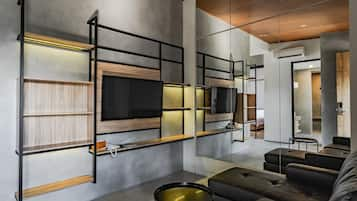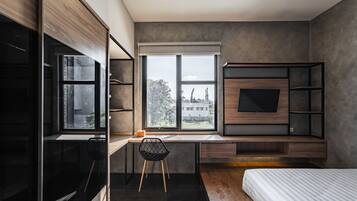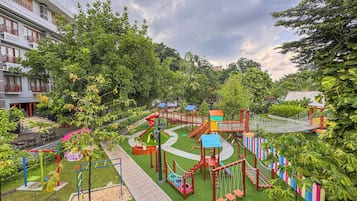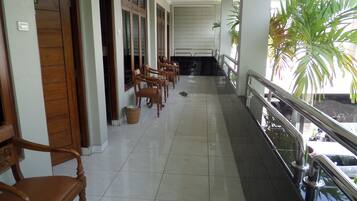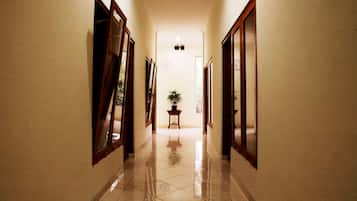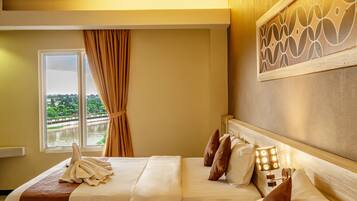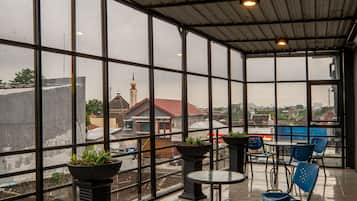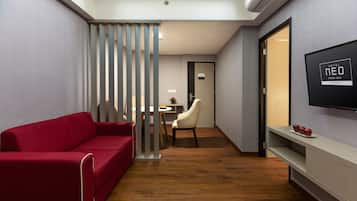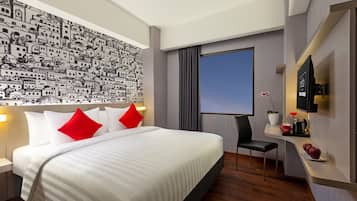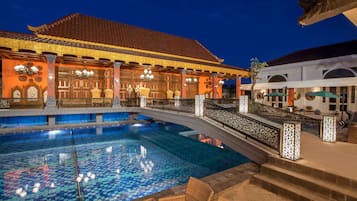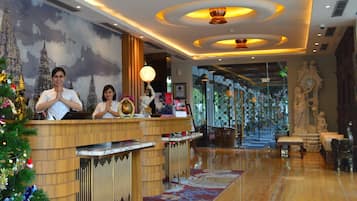Photo de Sharrie Shaw
Trouvez des Hôtels-boutiques à Surakarta
- Changez d’avisRéservez des hôtels avec annulation gratuite.
- Faites-vous plaisirConnectez-vous pour économiser 10 % ou plus sur des milliers d’hôtels.
- Trouvez votre bonheurFaites votre choix parmi près d’un million d’hébergements dans le monde entier.
Surakarta : vérifiez la disponibilité des Hôtels-boutiques
Ce soir
Demain
Ce week-end
Le week-end prochain
Aucune correspondance exacte n’a été trouvée, mais ces alternatives pourraient vous convenir.
Hôtels recommandés à Surakarta

9.0 sur 10, Merveilleux, (9)
Le nouveau prix est de 43 €
taxes et frais compris
11 janv. - 12 janv. 2026
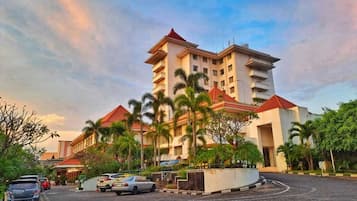
7.2 sur 10, Bien, (24)

8.0 sur 10, Très bien, (13)
Le nouveau prix est de 20 €
taxes et frais compris
29 déc. - 30 déc.
Le nouveau prix est de 14 €
taxes et frais compris
2 janv. - 3 janv. 2026
Le nouveau prix est de 50 €
taxes et frais compris
4 janv. - 5 janv. 2026
Prix par nuit le plus bas trouvé au cours des 24 dernières heures sur la base d’un séjour d’une nuit pour 2 adultes. Les prix et la disponibilité sont susceptibles de changer. Des conditions supplémentaires peuvent s’appliquer.
Surakarta : les avis sur les hôtels les plus prisés
Foire aux questions
Explorez un monde de voyages avec Expedia
- Baki : Appart’hôtels
- Baki : hôtels Hôtels de luxe
- Baki : hôtels Hôtels pas chers
- Baki : hôtels
- Baki : Complexes hôteliers
- Centre-Ville de Solo : hôtels Hôtels avec piscine
- Centre-Ville de Solo : hôtels Hôtels de plage
- Centre-Ville de Solo : hôtels Hôtels de luxe
- Centre-Ville de Solo : hôtels Hôtels avec spa
- Centre-Ville de Solo : hôtels Hôtels pas chers
- Centre-Ville de Solo : hôtels Séjours réservés aux adultes
- Kadipiro : Complexes hôteliers
- Karanganyar : hôtels
- Laweyan : hôtels
- Ngemplak : hôtels Hôtels avec piscine
- Selo : hôtels Hôtels pas chers
- Site historique The Heritage Palace : hôtels à proximité
- Surakarta : Chambres d’hôtes
- Surakarta : Maison d’hôtes
- Surakarta : hôtels Hôtels avec piscine
- Surakarta : hôtels Hôtels d’affaires
- Surakarta : hôtels Hôtels historiques
- Surakarta : hôtels Hôtels avec restaurant
- Surakarta : hôtels Hôtels romantiques
- Surakarta : hôtels
- Surakarta : Maisons de ville
- Surakarta : Ranchs
- Surakarta : Résidences de vacances
- Tawangmangu : hôtels Hôtels avec bar
- Tawangmangu : hôtels Hôtels familiaux
- Tawangmangu : hôtels Hôtels pas chers
- Tawangmangu : hôtels
- Wonogiri : Appart’hôtels
![At the museum no photos are allowed which is really unfortunate as it was well worth the visit and the guided tour is definitely not to be missed. In the museum there are even Batik made from the Dutch era which depicts stories like Little Red Riding Hood and Snow White!
I enjoyed the tour v much and at the end of the tour we were brought to this room where the artisan were working on hand drawn batik.
Below is an excerpt from Wikipedia for anyone interested in learning more about the process of batik making.
Firstly, a cloth is washed, soaked and beaten with a large mallet. Patterns are drawn with pencil and later redrawn using hot wax, usually made from a mixture of paraffin or bees wax, sometimes mixed with plant resins, which functions as a dye-resist. The wax can be applied with a variety of tools. A pen-like instrument called a canting (IPA: [tʃantiŋ], sometimes spelled with old Dutch orthography tjanting) is the most common. A canting is made from a small copper reservoir with a spout on a wooden handle. The reservoir holds the resist which flows through the spout, creating dots and lines as it moves. For larger patterns, a stiff brush may be used. Alternatively, a copper block stamp called a cap (IPA: [tʃap]; old spelling tjap) is used to cover large areas more efficiently.
After the cloth is dry, the resist is removed by scraping or boiling the cloth. The areas treated with resist keep their original color; when the resist is removed the contrast between the dyed and undyed areas forms the pattern. This process is repeated as many times as the number of colors desired.
The most traditional type of batik, called batik tulis (written batik), is drawn using only the canting. The cloth need to be drawn on both sides and dipped in a dye bath three to four times. The whole process may take up to a year; it yields considerably finer patterns than stamped batik.
Source: Wikipedia](https://images.trvl-media.com/place/6224808/26fd1460-c65a-4c1a-9444-7a893e883ac9.jpg?impolicy=fcrop&w=1200&h=500&q=medium)



